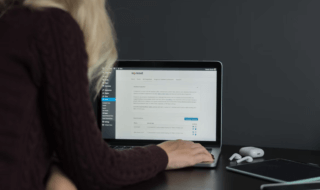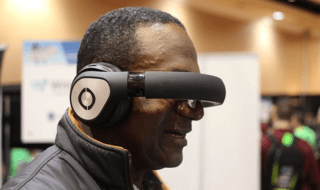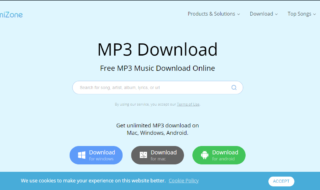Take a look around and examine what you see. Odds are, you can take in a myriad of people or family members utilizing technology on a mobile device or network. Technology is all around you. It entertains and connects, but it also provides accessibility and convenience like never before. Even our commutes to and from work are connected to something bigger than ourselves.
With all of this connection, comes vast amounts of generated data, especially in the realm of transportation. Thanks to passenger counting, vehicle locator systems, fare collection systems, and ticketing methods, there is more data available on where we go and how we get there than ever before. This collected data is used to move transportation forward, connecting us as we’ve never been before.
Contents
In Transportation-Data Is Everything

In recent years, those in charge of transportation have utilized this information to create advanced planning tools. Along with transportation software solutions, every bit of data serves a specific purpose. With the right software, every siloed data source can be used to create a complete picture of the forces and factors that contribute to better transportation and more satisfied travelers.
Before that data was available, those who work in the transportation sector were not able to create a complete picture of what was happening on the ground. The surge of transportation and business analytics, as well as predictive analytics, has helped transportation agencies to greatly improve operations, reduce overall costs, and better serve those who use transportation services.
How Is Data Used in Transportation?
Predicting Impact
Data is used in a myriad of ways, but few are as important as the ability to predict impact. Transportation data can be used to predict the overall impact on highways, roads, and public transportation networks. With this data in tow, maintenance projects and planned road-works or line closures can be implemented in a way that is optimum for both travelers and workers.
Transportation data can also predict the potential impact of unplanned events on transportation. For example, if a transit labor strike were to occur, how would it affect the local economy? Additionally, data can be used to predict the occurrence of issues such as traffic accidents and vehicle breakdowns. This allows those at the top to implement safety measures or conduct studies on how to make portions of a road or line safer.
Pinpoint Everyday Events
Everyday life can be messy and unpredictable. Transportation data seeks to make everyday events easier to predict. With the right data, transportation officials can put a finger on everyday events such as late-arriving buses or signal outages. These are things that have a large economic impact on transit agencies and local municipalities. Eliminating these events or mitigating them is paramount in keeping economic struggles low.
In the same vein, quality data analytics in transportation can help with the expansion of transportation networks by knowing predictive patterns of usage. It can also help to mitigate land use and aid in making development decisions. Planning for special events such as parades, holidays, and weather can also be made easier through data analytics.
Planning for Commercial Development
Finally, with data and the right transportation software solutions, agencies can examine the major impact of commercial internet of things development on surrounding areas. For example, if a city wants to build a new football stadium, data would allow them to examine the relationships between transit usage, demographics, commercial activity, and geospatial data. If impacts are too high and public benefits are low, then a different location would need to be considered. Before data analytics, this was nearly impossible to predict. Hence why so many large areas of commercial development used to be placed in seemingly inconvenient areas.



